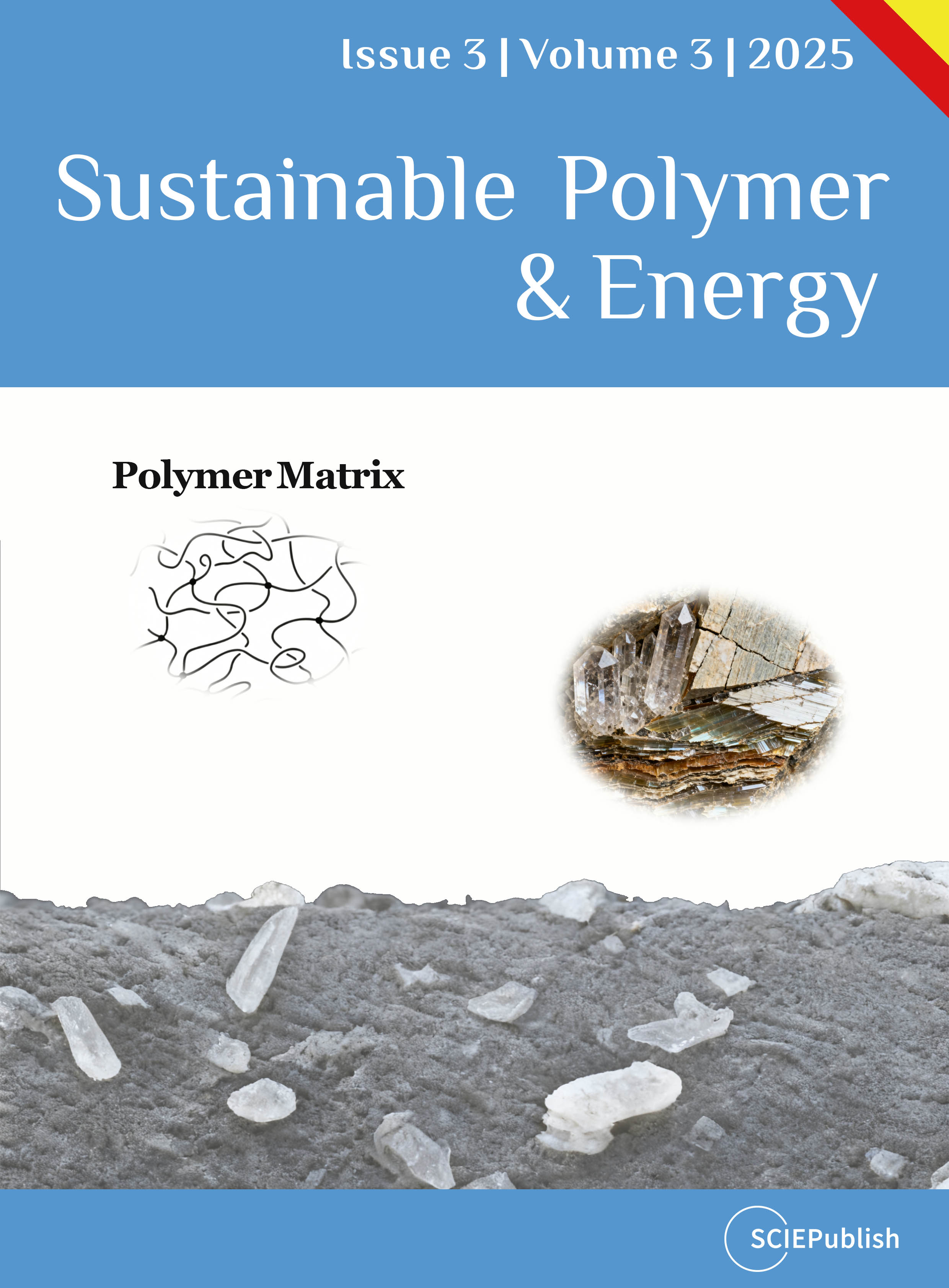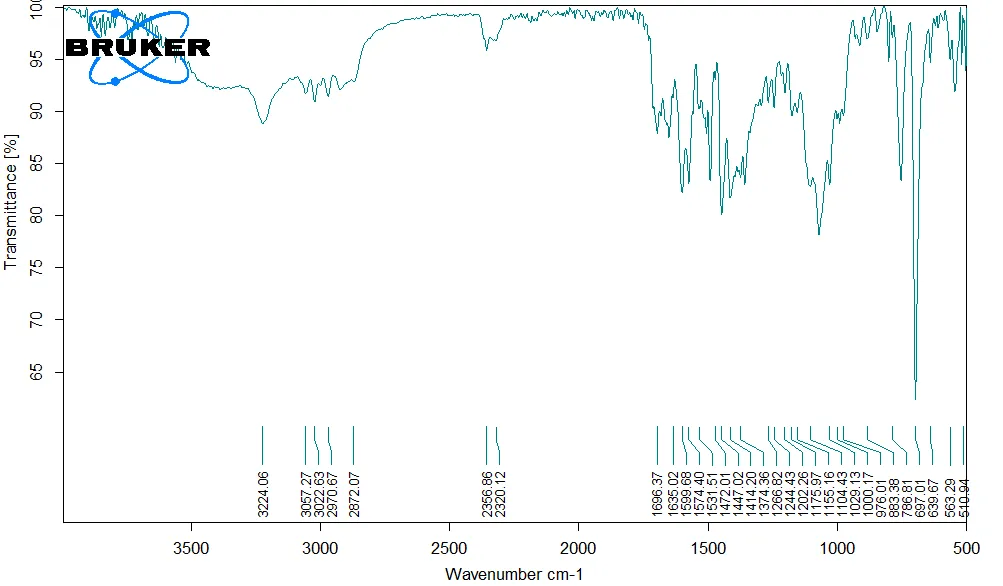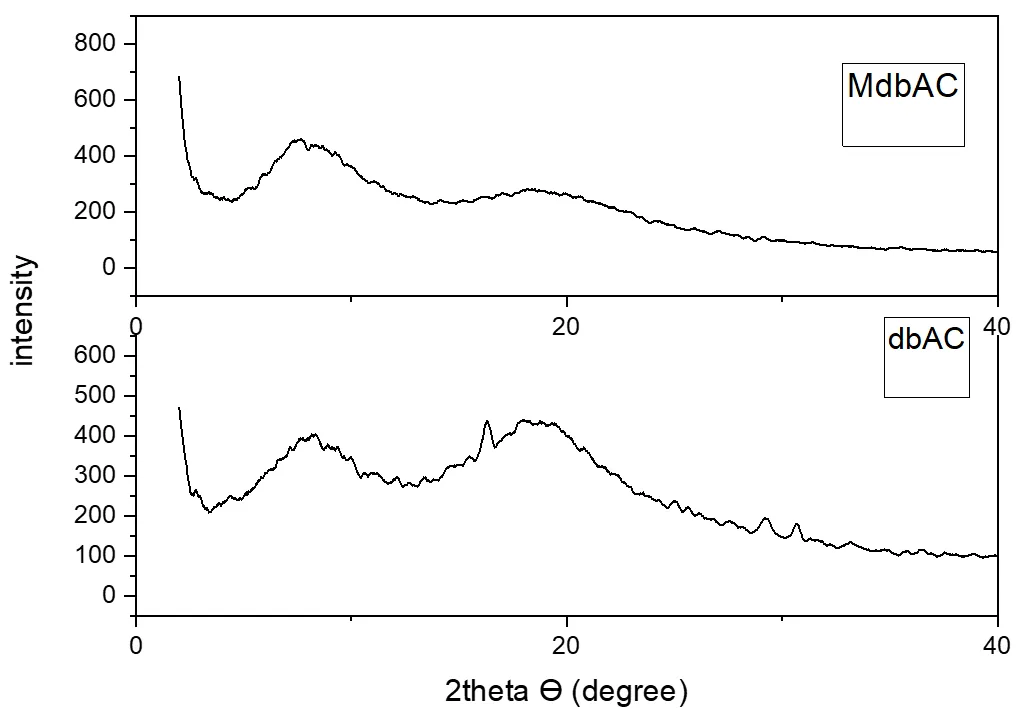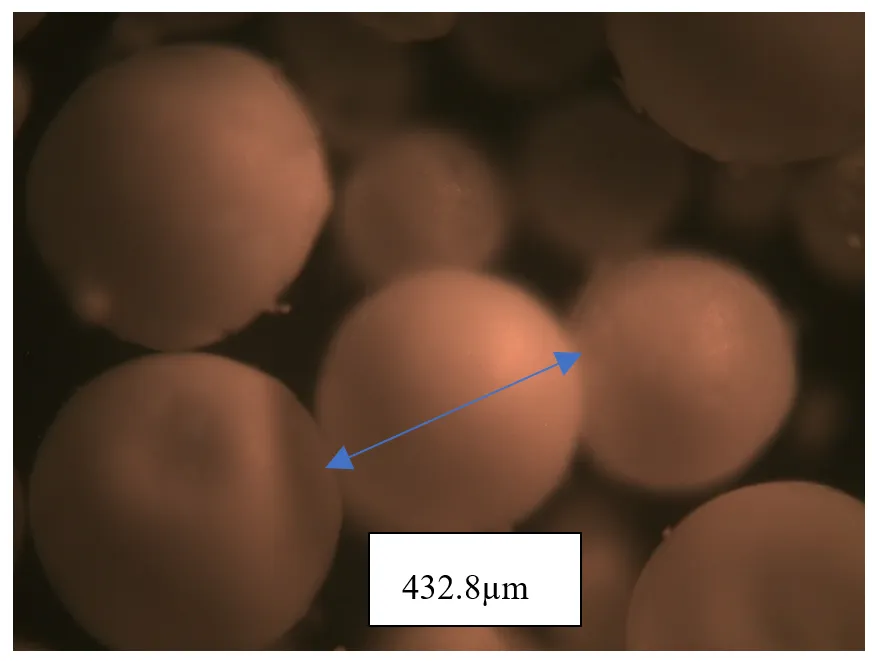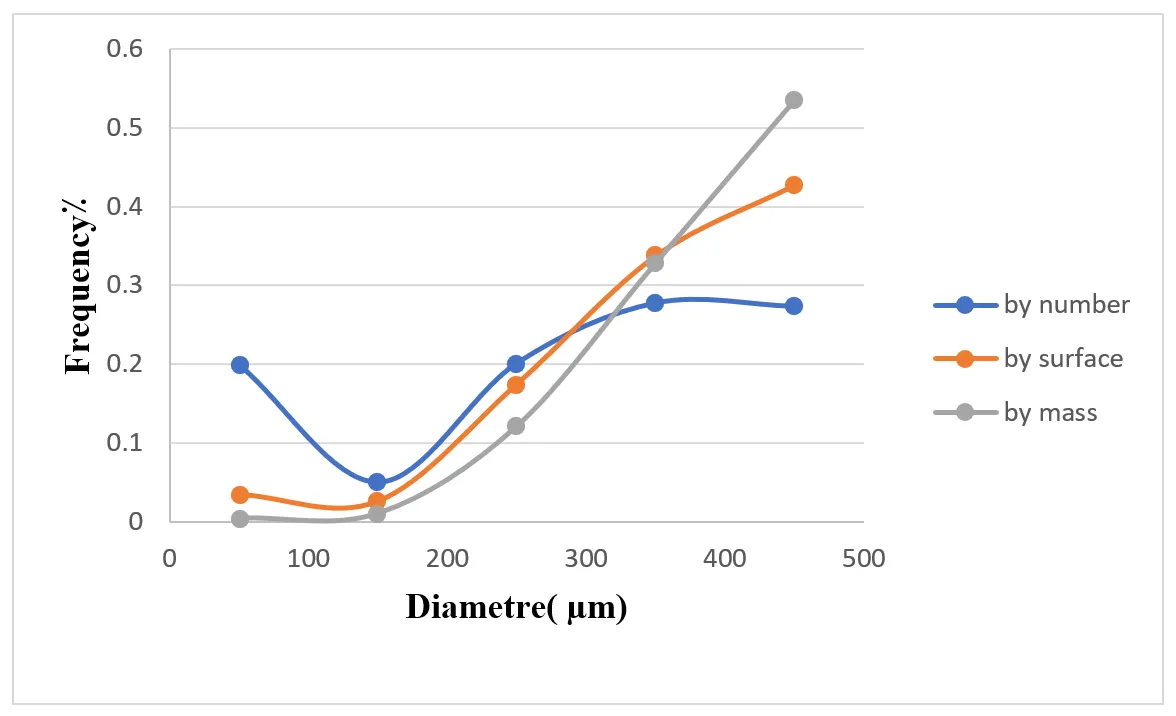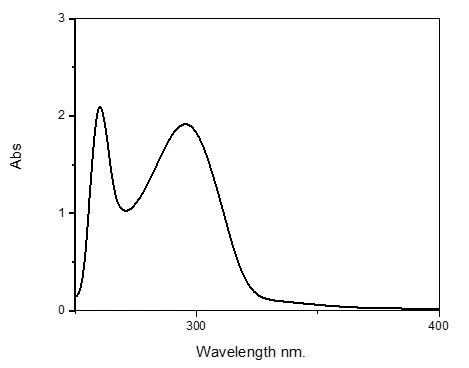1. Introduction
A chalcone is a natural open-chain flavonoid composed of two aromatic rings connected by a three-carbon spacer () [
1]. Chalcone compounds and their analogues exhibit various biological properties, including antimicrobial, antioxidant, anticancer, and anti-inflammatory activities, making them an interesting subject of research [
2]. Chalcones can be classified as either natural or synthetic compounds.
Natural chalcones are the most prevalent type of chalcones, occurring naturally in plants as flavonoids. Extracted from plants, these compounds exhibit various medicinal properties due to their numerous biological effects, including anti-inflammatory, antimicrobial, antifungal, antimalarial, antioxidant, antiviral, and antiprotozoal activities. However, synthetic chalcones are produced in laboratories using various reagents and chemical conditions. In this regard, plant-derived chalcones have emerged as a viable therapeutic option. Additionally, they possess immunomodulatory, anthelmintic, antifungal, and antibacterial properties [
3].
To evaluate the
in vivo anti-inflammatory activity of chalcones, Yadav et al. conducted a study on a set of five chalcone derivatives containing unsaturated carbonyl groups. These chalcones were administered orally at a dose of 25 mg/kg to rats with carrageenan-induced paw edema. Among the tested compounds, 4-fluoro/4-chloro chalcone exhibited anti-inflammatory activity comparable to that of the reference drug, indomethacin [
4].
On the other hand, a number of artificial chalcones have demonstrated inhibitory action against either α-glucosidase or α-amylase. The inhibitory concentrations of a set of chalcones synthesized by Ansari et al. ranged from 15 ± 0.14 to 385 ± 5.60 Μ [
5]. Furthermore, studies on streptozotocin-induced diabetic rats have investigated the antihyperglycaemic properties of specific synthetic chalcones, demonstrating their ability to lower blood glucose levels. Additionally, chalcone analogues exhibited a notable antihyperglycaemic effect when serum glucose levels were assessed in hyperglycaemic rats [
6]. Similarly, Bak and his research team reported comparable results with tri-chalcone derivatives [
7].
Chalcone synthesis has also been widely investigated, with studies emphasizing its therapeutic properties and potential applications in pharmaceuticals and food preservation [
8].
The Claisen-Schmidt condensation is one of the most widely used methods for chalcone synthesis. In this reaction, benzaldehyde and acetophenone derivatives undergo condensation in a liquid solvent at temperatures ranging from 50 to 100 °C for several hours in the presence of either acidic or alkaline catalysts [
9]. In addition to the conventional liquid-phase condensation, certain reactions can also proceed in the solid phase or under solvent-free conditions in the presence of catalysts such as triazabicyclodecene (TBD( [
10] Moreover, microwave-assisted methods further enhance this process by significantly reducing synthesis time and improving chalcone yields in both liquid-phase and solvent-free condition [
11].
As part of our study, we successfully synthesized an organic compound classified as a chalcone using the Claisen-Schmidt condensation reaction. Following synthesis, we conducted a comprehensive analysis of its formulation, focusing on its morphological characteristics, structural properties, and potential applications. Various characterization techniques were employed to assess its purity, stability, and functional attributes, providing valuable insights into its physicochemical behaviour.
. The general structure of chalcones.
2. Result and Discussion
2.1. Physico-Chemical Properties
Yield: 77%, Yellow powder; p.m. = 120 °C.
The melting points of our synthesized product (dibenzyldieneacetone) were determined using a Kofler bench.
Consequently, the product has a high yield and a melting point of 120 °C. Tests for solubility revealed that the product is soluble in DMSO but insoluble in ethanol, methanol, and water.
2.1.1. UV-Visible Spectra
Two broad bands can be seen in the spectra. The absorption of electromagnetic radiation in the UV-Vis region is governed by electronic transitions between molecular energy levels, which directly influence the λmax values. Although multiple transitions are theoretically possible, only those involving the lowest energy levels contribute to absorption in this spectral range. In organic molecules, specific functional groups known as chromophores are responsible for these absorptions, as they contain conjugated systems capable of undergoing electronic excitation. Among these, the n → π
∗ transition of the C=O functional group was identified as the most significant, playing a crucial role in the observed spectral properties.
2.1.2. Infrared
According to the analysis, multiple functional groups are typically associated with chemical bonds.
The IR spectrum presented in can be used to derive the following characteristic bands.
The observed spectral bands provide valuable information about the molecular vibrations characteristic of the studied compound. The band located at 2970.67 cm
−1 is attributed to the asymmetric elongation of the CH
3 group, while the band visible at 1635.02 cm
−1 corresponds to the vibration (C=C) of the double bond conjugated with the C=O group. In addition, a fine band of medium intensity, located at 1574.40 cm
−1, is attributed to the elongation (C=C) of the aromatic system, thus confirming the presence of a benzene ring or a similar aromatic system. Finally, the fine bands of high intensity observed at 786.81 cm
−1 and 976.01 cm
−1 are characteristic of out-of-plane (C-H) deformation vibrations, highlighting specific bending modes of the C-H bonds in the aromatic system.
. IR spectrum of product Dibenzylidieneacetone.
2.1.3. XRD
The product and its formulation were characterized by DRX (
) to consult the morphology and physical state of these products.
. X-ray diffractogram of Dibenzylidieneacetone (dbAc) and their microspheres (MdbAc).
Dibenzylidieneacetone’s X-ray diffractogram reveals that it is a broad-peaked, semi-crystalline compound. The principal peaks that define it are 10° and 20°. The same comments concerning their formulation were raised, and this confirms the inclusion of the product in the matrix used.
2.2. Size Distribution
The description of emulsion systems, suspensions, and powders requires an understanding of particle size and size distribution.
The manufacturing operating conditions have an impact on the particle system’s mechanical, chemical, and physical characteristics, which in turn affect this physical characteristic. A system is referred to as mono-dispersed if its constituent particles are all the same size. A system is referred to as poly-dispersed if its constituent particles are of varying sizes. An average diameter is used to represent the size of spherical particles. Depending on the methods employed, the literature displays a variety of diameter calculations. Three average diameters were utilized in this study to describe the size of the microparticles: by surface area, by number, and by volume. Using an optical microscope, observations reveal that the solvent evaporation method produces spherical particles of varying sizes.
These diameters will be calculated as follows:
If: ‘i’ is the class of particles.
‘ni’ is the number of particles in the class.
The number average diameter: is calculated from the number of particles of the same diameter [
12], mathematically it is defined by:
Average surface diameter (Sauter diameter): is calculated from the number of particles with the same surface area [
13]. Mathematically, it is defined by:
The mass-average diameter: is calculated from the number of particles of the same mass [
14]; mathematically, it is defined by:
The polydispersity of a microparticle system is defined by the ratio of the mass-average diameter to the number-average diameter [
15]:
A monodisperse system corresponds to a dispersion equal to 1; the further away from unity, the more polydisperse the system becomes.
Observations by MO show that the solvent evaporation technique gives rise to spherical particles of different sizes. It is clear that all the formulations are polydisperse.
2.2.1. The Reasons for Microencapsulation
The main reason for microencapsulation in pharmacology is to modify the type of release of the active ingredient in a prolonged or sustained form. However, this technique is also used for a variety of other reasons, such as
- -
-
masking the taste and smell of many active ingredients to improve patient compliance with treatment.
- -
-
transforming liquid active ingredients into a fluid powder.
- -
-
Stabilizing active ingredients that are sensitive to oxygen, humidity, or light.
- -
-
Avoid vaporization of many volatile active ingredients, such as methyl salicylate and peppermint oil.
- -
-
Reduce the toxicity and gastrointestinal irritation of certain active ingredients, in particular ferrous sulphate and KCl.
- -
-
Modify the site of absorption of active ingredients.
2.2.2. Classification of Microparticles
Depending on the various properties of the core, the wall material, and the microencapsulation technique, different types of particles can be obtained. The morphology of microcapsules can be described as mononuclear, poly/multi-nuclear, matrix-like, multi-walled, and irregular.
The size distribution results are shown in the (
,
,
and
) and
.
. Optical microscope observation of dibenzyldieneacetone-loaded microspheres(mag 200×/WD9.1 mm).
. Optical microscope observation of the empty microspheres (mag 200×/WD9.1 mm).
. Size distribution curves for the dibenzyldieneacetone-loaded microspheres.
. Size distribution curves for the empty microspheres.
.
The average diameters and dispersion of Dibenzyldieneacetone Microspheres.
| Formulation |
D10 (μm) |
D32 (μm) |
D43 (μm) |
i |
Dibenzyldiene-acetone.
Microspheres
|
153.61 |
359.62 |
387.66 |
2.52 |
| M empty |
469.52 |
652.36 |
701.78 |
1.49 |
It should be noted that our active ingredient and the choice of polymer influence the size, surface, and morphology of the microparticles. The average diameter is d = 153.61, and the dispersion is 2.52. Because ethylcellulose serves as the coating matrix in the formulation, it should be noted that the encapsulation rate is high.
This is supported by the coating matrix’s solubility parameter, which is crucial in increasing the encapsulation rate as it incorporates the active ingredient into its amorphous portion.
3. Experemental Part
3.1. Dibenzylidieneacetone Synthesis
In the presence of a base-catalyzed condensation reaction, aldehyde and acetone react to create chalcones. The fact that the reaction is known as Claisen-Schmidt condensation suggests that they were the first to publish a report on chalcone preparation. Various catalysts and/or conditions have been used to develop Claisen-Schmidt reactions [
16].
The classical Claisen-Schmidt reaction remains the most commonly employed method for chalcone synthesis. The process begins with the formation of an enolate ion when a strong base, such as hydroxide (OH⁻), abstracts a proton from the ketone. This enolate then acts as a nucleophile, attacking the carbonyl carbon of the aldehyde through nucleophilic addition, resulting in the formation of a β-hydroxy ketone intermediate. Finally, chalcone is produced through a dehydration step, which involves the elimination of a water molecule.
In a typical procedure, 1.0 mole of aldehyde and 0.5 mole of ketone were dissolved in 5 mL of absolute ethanol under continuous magnetic stirring.
A saturated sodium hydroxide (NaOH) solution was then added dropwise to the reaction mixture while maintaining stirring at room temperature. After one hour, a solid precipitate gradually formed, indicating the completion of the reaction. The resulting precipitate was collected by vacuum filtration using a Büchner funnel, thoroughly washed to remove residual impurities, and subsequently dried in an oven at 30 °C to eliminate any remaining solvent trace. The equation for a chemical reaction is displayed in (
).
Figure 8. The chemical reaction of Dibenzyldieneacetone.
Microencapsulation offers essential chemical and thermal stability, protecting the active core from environmental factors such as heat and humidity, which could otherwise compromise its efficacy. In this context, microencapsulation serves as an advanced technological approach to preserving molecular integrity and ensuring product stability over time [
17].
Encapsulation is a technique in which an active agent is enclosed within a protective material, with particle sizes ranging from the nanometer and micrometer scale to millimeters. This method establishes a barrier that moderates chemical interactions with external factors, thereby extending shelf life and enabling the controlled release of encapsulated compounds while maintaining their stability within a solid matrix. The term ‘microencapsulation’ specifically refers to a process that forms a functional barrier between the wall material and bioactive molecules (core), ensuring their protection and sustained functionality to preserve the biological, functional, and physicochemical properties of bioactive compounds while minimizing chemical and physical degradation [
17], solvent evaporation-based microencapsulation has been widely employed across various applications. This long-established technique prevents the evaporation and degradation of encapsulated active ingredients while allowing precise control over their release rate. The principle of this method relies on the evaporation of the internal phase of an emulsion under continuous agitation. It is most commonly utilized in the pharmaceutical industry for the development of controlled-release or sustained-release drug formulations [
18]. Typically, the process begins with a hydrophobic polymer dissolved in a volatile organic solvent, forming the coating material. The active ingredient is either dissolved or dispersed in this organic solution, which is subsequently emulsified into an aqueous phase containing a surfactant under stirring. Upon contact with the external aqueous phase, the organic solvent migrates to the emulsion surface and evaporates through diffusion. As the solvent concentration decreases over time, the polymer begins to precipitate, encapsulating the active compound within its structure. The resulting microparticles are separated via filtration and then dried, typically yielding matrix-type microspheres. However, one of the major limitations of this process is the potential presence of residual organic solvents within the final microspheres. Despite the potential drawbacks of this technique, studies have reported encapsulation efficiencies exceeding 90%, with microparticles containing 30–40% of the active ingredient. The particle size of the produced microspheres generally ranges from 0.5 to 400 μm, making them suitable for various pharmaceutical applications. A wide range of polymers has been utilized as matrix materials in this process, including alginate, cellulose and its derivatives, starch, poly (lactic-co-glycolic acid) (PLGA), polycaprolactone (PCL), and chitosan. These polymers must be biocompatible, biodegradable, and non-toxic to ensure the safety of pharmaceutical applications [
19].
In one study, polycaprolactone (PCL) was employed to encapsulate 2-phenylimidazole, and the permeability of the resulting microcapsules was assessed in ethanol. The findings demonstrated that at higher polymer masses, the release rate of 2-phenylimidazole was significantly reduced [
20]. Similarly, Banus S. Zolnik et al. [
21] utilized the solvent evaporation method to fabricate dexamethasone-loaded microspheres with varying PLGA polymer masses. Their study aimed to determine the optimal polymer mass that would ensure consistency between
in vitro and
in vivo release profiles. The results indicated that the initial release phase exhibited a burst-like effect, highlighting the influence of polymer mass on drug release kinetics.
For the preparation of microspheres loaded with the synthesized product, 0.5 g of Tween 80 was dissolved in 50 mL of distilled water, serving as the continuous phase. This phase was emulsified with the dispersed phase, which contained 1 g of ethyl cellulose, 0.6 g of benzylideneacetone, and 50 mL of dichloromethane [
2]. The mixture was mechanically stirred at 25 °C. Additionally, blank microspheres (MEmpty) were prepared using the same method but without the addition of dibenzylideneacetone.
UV-Visible
The maximum absorbance of multiple standard solutions with known concentrations that were made from stock solutions at a wavelength of 298 nm was measured in order to plot calibration curves (
).
. UV–Vis spectrum of the dibenzylideneacetone product.
Applying the Beer–Lambert law, which links absorbance to the concentration of the absorbing species, yields the coefficient ε:
Amax: Optical density (OD) max is another term for maximum absorbance.
εmax: Molar extinction coefficient (l mol
−1 cm
−1).
l: optical path length (cm)
C: concentration (mol/L).
The calibration line’s tangent value and the value of εmax (
) are equal.
. The calibration curve for dibenzyldieneacetone at ʎ = 298 nm Experimental Section/Methods.
4. Materials and Methods
Benzaldehyde is provided by PROLABO, Nantes, France. Acetone and ethanol (96%) are supplied by Honeywell, München, Germany, 99% Sodium Hydroxide M = 40 g/L. Dichloromethane, Tween80 (polyethylene glycol monooleate). Ethylcellulose (EC): Ethylcellulose is a particularly suitable coating material, as it is well suited to film formation or galenic forms. It is considered non-toxic, non-allergenic, and non-irritant. It is supplied by Sigma-Aldrich, St. Quentin Fallavier, France.
Infrared analysis (FTIR-8400) was used to determine the characteristic bands of prepared products in the wave number range [400–4000 cm−1]. This analysis was released at the University IBN Khaldoun-Tiaret.
XRD analysis was carried out in the Synthesis and Catalysis Laboratory of the University IBN Khaldoun-Tiaret on a Rigaku-Mini Flex 600.
Light microscope analysis: The samples were photographed using a light microscope (type OPTICA Axiome 7000) in the Farm Animal Reproduction Laboratory. This microscope is linked to software that determines the size of the microspheres.
5. Conclusions
In this study, a chalcone was successfully synthesized and subsequently characterized using Fourier-transform infrared spectroscopy (FTIR) and X-ray diffraction (XRD) to confirm its molecular structure and crystalline properties. The synthesized chalcone, specifically dibenzylideneacetone, was considered an active agent due to its potential biological and pharmaceutical applications. To facilitate its controlled release and improve its stability, the chalcone was incorporated into an ethyl cellulose matrix, forming microspheres through an encapsulation process. The prepared microspheres underwent comprehensive characterization using FTIR, XRD, and optical microscopy to assess their physicochemical properties, structural integrity, and morphological features. FTIR analysis provided insights into the functional groups and possible interactions between chalcone and the ethyl cellulose matrix, while XRD was employed to determine the crystallinity of the encapsulated compound. Additionally, optical microscopy was utilized to analyze the size distribution and surface morphology of the microspheres.
Results indicated that the presence of dibenzylideneacetone within the microspheres influenced their particle size distribution, particularly affecting the average diameters measured at different scales: d10 (The average diameter by number), d32 (The average surface diameter), and d43 (The average diameter by mass). Furthermore, the dispersion coefficient of the microspheres was calculated to be 2.52, indicating a moderate degree of particle size uniformity within the prepared formulation.
Acknowledgments
This work was carried out in the Synthesis and Catalysis Laboratory (LSCT) as part of PRFU projects (code: B00L01UN140120220002) funded by the Ministry of Higher Education and Scientific Research of Algeria. Our sincere thanks. Special thanks for the farm animal reproduction laboratories, Tiaret, Algeria.
Author Contributions
Conceptualization, A.I. and D.M.; Methodology, A.I.; Software, B.N.; Validation, A.I.; Formal Analysis, B.N.; Investigation, A.I., D.M.; Resources A.I.; Data Curation, B.N.; Writing—Original Draft Preparation, B.N.; Writing—Review & Editing B.N. and A.I.; Visualization, A.I.; Supervision, A.I. and D.M.; Project Administration; Funding Acquisition; Catalysis Laboratory (LSCT) as part of PRFU projects.
Ethics Statement
Not applicable.
Informed Consent Statement
Not applicable.
Data Availability Statement
Not applicable.
Funding
This work was carried out in the Synthesis and Catalysis Laboratory (LSCT) as part of PRFU projects (code: B00L01UN140120220002) funded by the Ministry of Higher Education and Scientific Research of Algeria.
Declaration of Competing Interest
The authors declare that they have no known competing financial interests or personal relationships that could have appeared to influence the work reported in this paper.
References
1.
Chopra PG. Chalcones: a brief review.
Int. J. Res. Eng. Appl. Sci. 2016,
6, 173–185.
[Google Scholar]
2.
Gouin S. Microencapsulation: industrial appraisal of existing technologies and trends.
Trends Food Sci. Technol. 2004,
15, 330–347.
[Google Scholar]
3.
Li H, Chen Y, Zhang B, Niu X, Song M, Luo Z, et al. Inhibition of sortase A by chalcone prevents Listeria monocytogenes infection.
Biochem. Pharmacol. 2016,
106, 19–29.
[Google Scholar]
4.
Yadav HL, Gupta P, Pawar R, Singour P, Patil U. Synthesis and biological evaluation of anti-inflammatory activity of 1,3 diphenyl propenone derivatives.
Med. Chem. Res. 2011,
20, 461–465.
[Google Scholar]
5.
Ansari FL, Umbreen S, Hussain L, Makhmoor T, Nawaz SA, Lodhi MA, et al. Syntheses and biological activities of chalcone and 1,5-benzothiazepine derivatives: promising new free-radical scavengers, and esterase, urease, and α-glucosidase inhibitors.
Chem. Biodivers. 2005,
2, 487–496.
[Google Scholar]
6.
Raju DB, Rao AV, Prasad YR. Hybrid sulfonylurea-linked chalconoids as antidiabetic agents: Evaluation of antihyperglycemic effects in streptozotocin-induced type 2 diabetic rats.
Rasayan J. Chem. 2018,
11, 1334–1338.
[Google Scholar]
7.
Bak E, Park H, Lee C, Lee T, Woo G, Na Y, et al. Effects of novel chalcone derivatives on α-glucosidase, dipeptidyl peptidase-4 and adipocyte differentiation
in vitro.
BMB Rep. 2011,
44, 410–414.
[Google Scholar]
8.
Abdelmalek I. Formulation, evaluation and microbiological activity of ampicillin and amoxicillin microspheres.
J. Mater. Environ. Sci. 2014,
5, 1799–1807.
[Google Scholar]
9.
Gomes MN, Muratov EN, Pereira M, Peixoto JC, Rosseto LP, Cravo PV, et al. Chalcone derivatives: Promising starting points for drug design.
Molecules 2017,
22, 1210.
[Google Scholar]
10.
Fringuelli F, Pizzo F, Vittoriani C, Vaccaro L. Polystyryl-supported TBD as an efficient and reusable catalyst under solvent-free conditions.
Chem. Commun. 2004,
23, 2756–2757.
[Google Scholar]
11.
Srivastava YK. Ecofriendly microwave assisted synthesis of some chalcones.
Rasayan J. Chem. 2008,
1, 884–886.
[Google Scholar]
12.
Ouattara B, Simard RE, Piette G, Begin A, Holley RA. Diffusion of acetic and propionic acids from chitosan‐based antimicrobial packaging films.
J. Food Sci. 2000,
65, 768–773.
[Google Scholar]
13.
Yea SD, Kirana E. Formation of polymer particles with supercritical fluids: A review.
J. Supercrit. Fluid. 2005,
34, 287–308.
[Google Scholar]
14.
Abdallah R, Frikha D, Maalej S, Sassi S. Evaluation
in vitro de l’activité antibacterienne et antifongique de quatre especes algales marines.
J. l'Information Médicale Sfax 2019,
31, 38–44.
[Google Scholar]
15.
Schwalbe R, Steele-Moore L, Goodwin AC. Antimicrobial Susceptibility Testing Protocols; CRC Press: Boca Raton, FL, USA, 2007; Volume 56.
16.
Pavia DL, Lampman GM, Kriz GS, Engel RG. Introduction to Organic Laboratory Techniques, 4th ed.; Brooks Cole: Pacific Grove, CA, USA, 1990.
17.
Macías-Cortés E, Gallegos-Infante JA, Rocha-Guzmán NE, Moreno-Jiménez MR, Medina-Torres L, González-Laredo RF. Microencapsulation of phenolic compounds: Technologies and novel polymers.
Revista Mexicana de Ingeniería Química 2020,
19, 491–521.
[Google Scholar]
18.
Ming L, Rouaud O, Poncelet D. Microencapsulation by solvent evaporation: State of the art for process engineering approaches.
Int. J. Pharm. 2008,
363, 26–39.
[Google Scholar]
19.
Kemala T, Budianto E, Soegiyono B. Preparation and characterization of microspheres based on blend of poly (lactic acid) and poly (ɛ-caprolactone) with poly (vinyl alcohol) as emulsifier.
Arab. J. Chem. 2012,
5, 103–108.
[Google Scholar]
20.
Youn RH, Dong HL, Sun HK, Young JS, Minhee Y, Jae SS. Preparation of biodegradable poly(lactic acid) microspheres containing plasmid DNA for gene delivery.
J. Ind. Eng. Chem. 2010,
16, 728–733.
[Google Scholar]
21.
Zolnik BS, Burgess DJ. Evaluation of
in vivo–in vitro release of dexamethasone from PLGA microspheres.
J. Control. Release 2008,
127, 137–145.
[Google Scholar]
